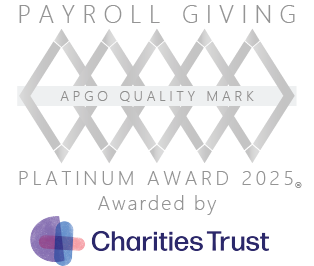3. Partnerships can fulfil different requirements
Finally, a panel combining speakers from Mindful Chef, Craft Gin Club and Peloton discussed the merits of partnerships for subscription businesses. Each speaker noted that they had different types of partnerships to fulfil different needs.
Mindful Chef’s CMO, Vineeta Anuj, explained that when the brand launched, it didn’t have budgets for above-the-line media so it began looking into three types of partnerships. The first is brand awareness which brings in about 5-7% if Mindful Chef’s customer mix, with Vitality currently making the most impact for the brand. Next, the brand looks for retention partners that can provide added value products. Anuj conducted tests to see if surprise & delight gifts were going to waste and to analyse the impact of a premium vs average gift on retention. She found that they improved both retention and overall customer spend. Finally, Mindful Chef turns to menu collaborations to keep excitement and variety alive in its offering. These partners are a great driver for increased customer spend, retention and bringing customers back. In fact, Mindful Chef wins back 20% of lapsed customers when it has recipe partners.
Craft Gin Club also turns to partnerships to fulfil a variety of needs, though it takes a different approach, as Tom Hurst, Head of Acquisition explained, “historically we were reliant on paid social but off the back of the pandemic, it became a rocky road to manage base size. Partnerships allow us to tap into other closed groups at a lower risk.” The three types of partner Craft Gin Club looks for are:
- Commercial: The vast majority of subscribers are to the brand’s Gin of the Month box which comes with products that complement the gins. Partners allow the brand to add surprise and delight gifts into the box
- Acquisition: partnerships with brands such as Mindful Chef or Gousto provide Craft Gin Club with the opportunity to tap into their audiences to run offers and acquire new customers
- Card link offers: similarly, partnerships with the likes of AMEX and Santander broaden the brand’s reach into new audiences
When looking to build your own mix of partners, the panellists agreed that it’s important to be clear on the role that partnerships play. Peloton’s ex- Business Development Director, Richard Sale, admitted that they, “first thought that direct media is targeting a direct audience, so we looked at targeting different sets of customers with partnership. However, we found that this often didn’t work. Instead, partnerships became more about targeting the same customers but in a different way.”
Challenging assumptions was a point echoed by Hurst who explained that they had initially thought that their offering would fit an audience of 30+ women. However, they undertook a lot of work to profile their customer base from DM and door drop campaigns to understand behaviours and buying habits. They instead found that they had a much older audience. The brand is now running successful partnership activity with the likes of the RHS and the Caravan Club.
Anuj agreed with this approach, saying, “you should keep your gut feel, but back it up with data and science and get better metrics in place to understand success.”
“Dream Big”
Timo Boldt, Founder of Gousto shared his inspirational journey and summed up the challenges the subscription sector faces when he said, “scaling a subscription business is ridiculously hard… Gousto has been a twelve-year overnight success.” However, across the board you could see the passion and excitement every speaker had for their brand and, with customer demand on the rise, we’re certain that the subscription sector is one to watch for accelerated growth over the next year!













